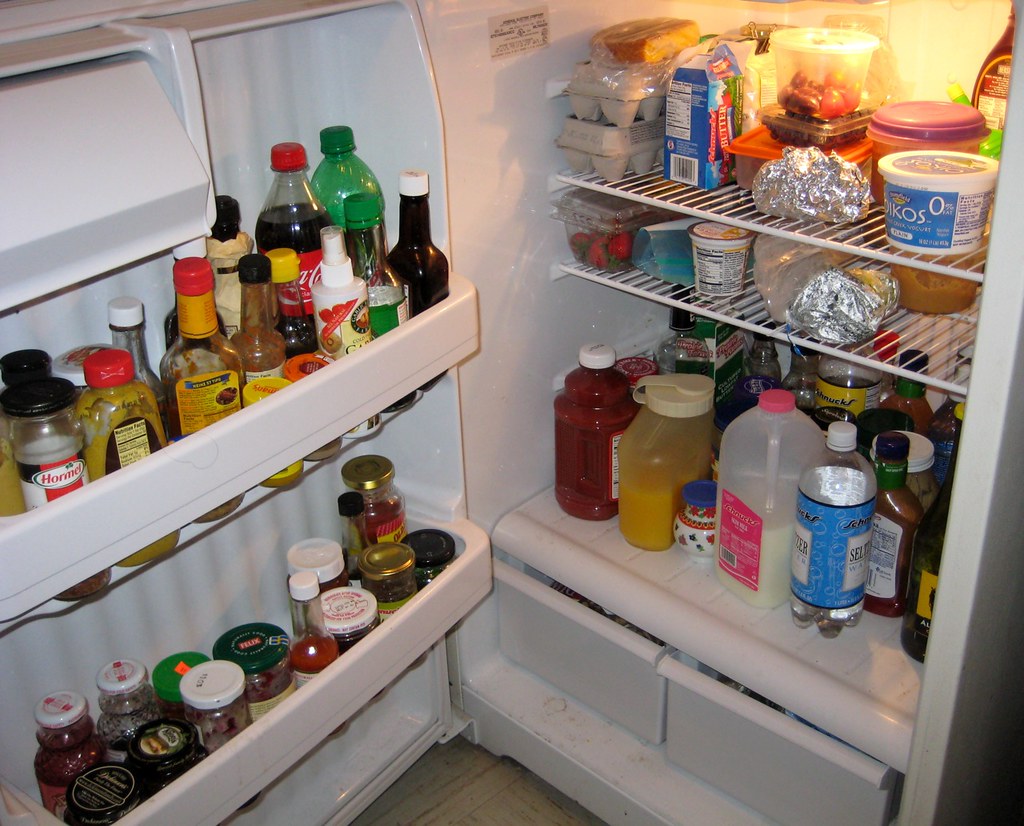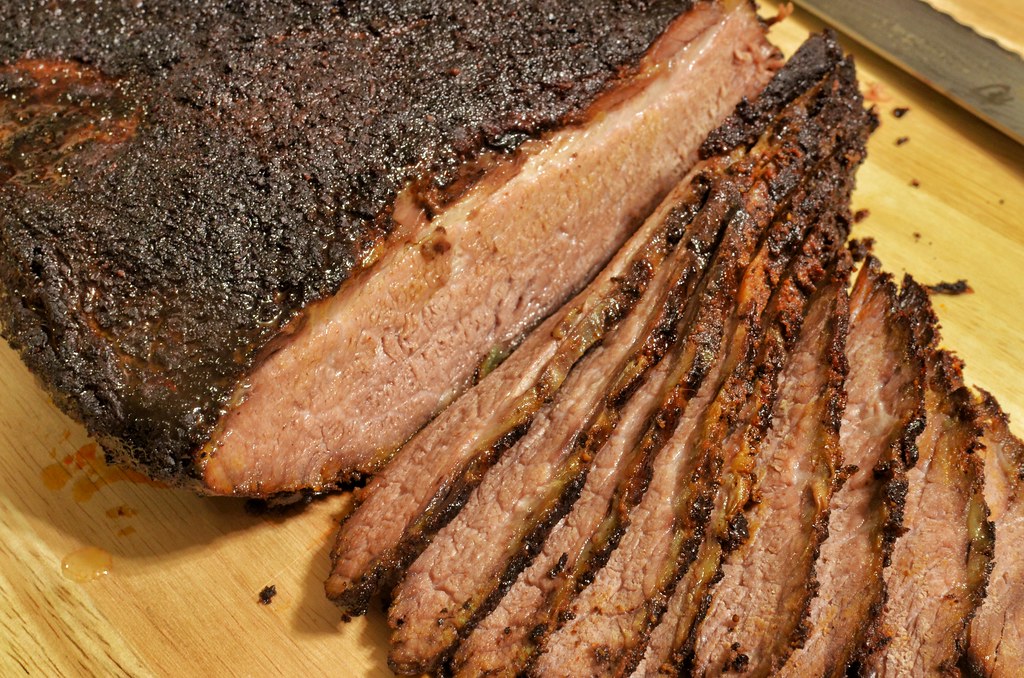The kitchen—a place where culinary magic happens and where we often find ourselves pondering the great mysteries of food storage. It’s the heart of the home, where we’ve all experienced the moment of confusion as we reach for the soy sauce or maple syrup and wonder, ‘Wait, should this be in the fridge?’ It’s a culinary conundrum that has puzzled many of us for years. Growing up, we all had those food items that never saw the chilly confines of the refrigerator. It was only later in life, perhaps during a casual conversation or a late-night internet deep dive, that we discovered our storage mishaps.
For me, it was soy sauce and maple syrup. These two staples sat proudly on my pantry shelf, never once feeling the cold embrace of the fridge. But lo and behold, it turns out they might have been better off chilled. This revelation got me thinking about all the other foods we keep out of the fridge, either out of habit or because we genuinely believe they don’t need it. And let me tell you, the list is longer than you might think.
Start with the humble potato. Who hasn’t kept a bag of spuds in the fridge, thinking it would prolong their shelf life? Well, it turns out we’ve been doing our potatoes dirty. The cold environment of the fridge turns their starches into sugars, leaving you with an oddly sweet, off-flavor spud. The same goes for sweet potatoes. Instead, these tubers prefer the dark solitude of a cool cupboard or drawer, nestled in a paper bag like a treasure waiting to be discovered.
There’s honey, nature’s liquid gold. This sweet, sticky delight is often relegated to the fridge, but that’s where we go wrong. Honey prefers to lounge at room temperature, away from the harsh light of the sun. If you chill it, you’re left with crystallized gunk that’s a pain to scoop out. And let’s not forget about tomatoes. These juicy fruits (yes, they’re technically fruits) lose their flavor and take on a mealy texture when refrigerated. They’re much happier basking on your countertop until they reach that perfect ripeness.
Apples suffer from the chill. They start to lose their crispness and flavor after a stint in the fridge. If you crave that cold crunch, pop them in there about 30 minutes before you’re ready to take a bite. Onions, those tear-inducing bulbs, are best kept in a paper bag in a cool, dark place. If you put them in the fridge, they’ll soften and start to smell, and trust me, you don’t want your milk tasting like onions.
Talk about peanut butter. This one sparked quite the debate. Some say it belongs in the fridge, while others, like myself, were content to keep it in the pantry. The truth is, peanut butter does just fine in a cool, dark cupboard. And bread? Don’t even get me started. Storing bread in the fridge is a surefire way to dry it out faster. Instead, keep it in a bread box or cupboard for that fresh, soft slice.
Bananas are a tricky bunch. Leave them on the counter, and if they overripen before you get to them, just toss them in the freezer for future banana bread endeavors. Most oils, with the exception of those with lower saturated-fat content, are perfectly safe at room temperature. Store them in a dark cabinet or the fridge door if you must, but there’s really no need.

Keep avocados on the counter until ready to eat. Cut into one, and you should use it all, as they lose flavor once refrigerated. Peppers, whether they’re red, green, yellow, or even the fiery chili variety, are content in a paper bag in a cool cupboard. And winter squash? They scoff at the cold. Keep them at room temperature, and they’ll be just fine.
Citrus fruits like oranges, lemons, and limes are happy at room temperature. Just don’t crowd them too much, or they’ll start to mold. Berries, with their fleeting shelf life, should be eaten quickly and never refrigerated. Melons, too, prefer the room-temperature life, but once you’ve cut into them, any leftovers should be stored in the fridge.
Ketchup is fine in pantry after opening. Thanks to vinegar and preservatives, it’ll hold up well. The same goes for jam. With its high preservative content, it’s okay to store in the pantry post-opening. Stone fruits and pickles, both high in preservatives, are also better off outside the fridge.
Garlic stored in paper bag in cool, dark place. Hot sauce, with all its spices and preservatives, can be kept in the pantry, freeing up space in your fridge. Spices, ground or whole, should never see the inside of your refrigerator. And coffee, that morning lifesaver, is best kept at room temperature to preserve its natural oils and robust flavor.
Nuts, dried fruits, and cereal are all pantry-friendly. Vacuum-packed tuna, sealed just like in a can, is more than fine stored at room temperature. And fresh herbs? Instead of suffocating them in plastic, give them a water-filled glass jar on your counter, creating an herb bouquet that’s both decorative and practical.
What about real maple syrup? As with honey, it’ll crystallize and become goopy if stored in the fridge. So, it seems my pantry placement wasn’t so misguided after all. And that brings us back to the initial question: Are there any other foods you find are better outside of the fridge? The answer is a resounding yes. From the tangy zest of ketchup to the sweet allure of maple syrup, many of our favorite foods are just fine outside the chilly confines of the refrigerator. It’s a matter of quality, preference, and sometimes, health. But one thing’s for sure: the great refrigeration debate is far from over.
Related posts:
Foods that normally don’t need refrigeration
What Foods Don’t I Need to Refrigerate?





